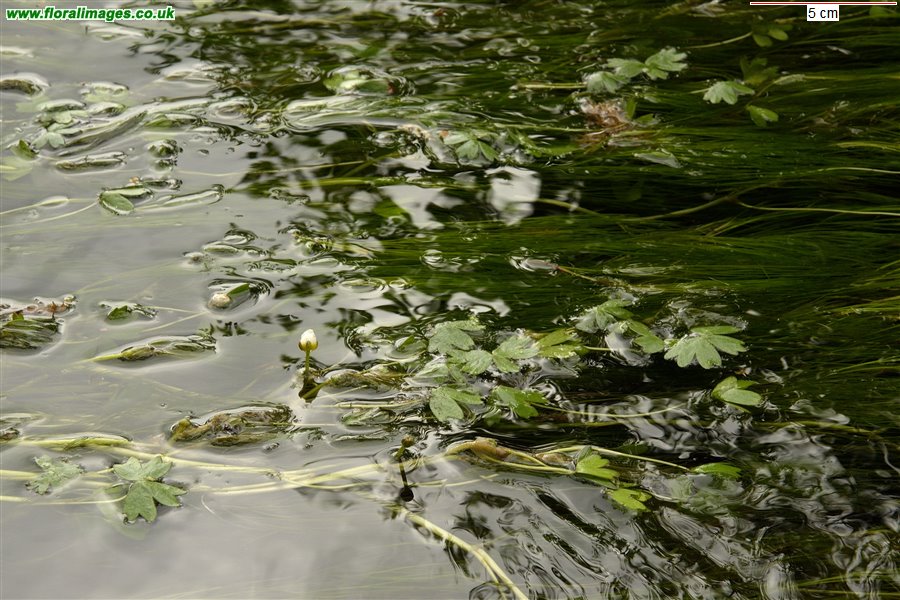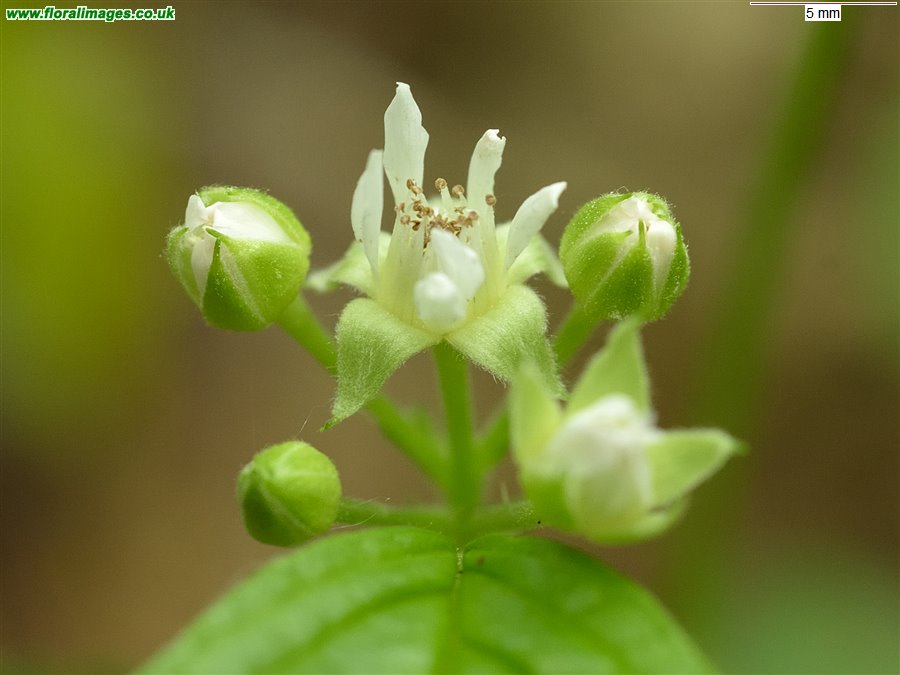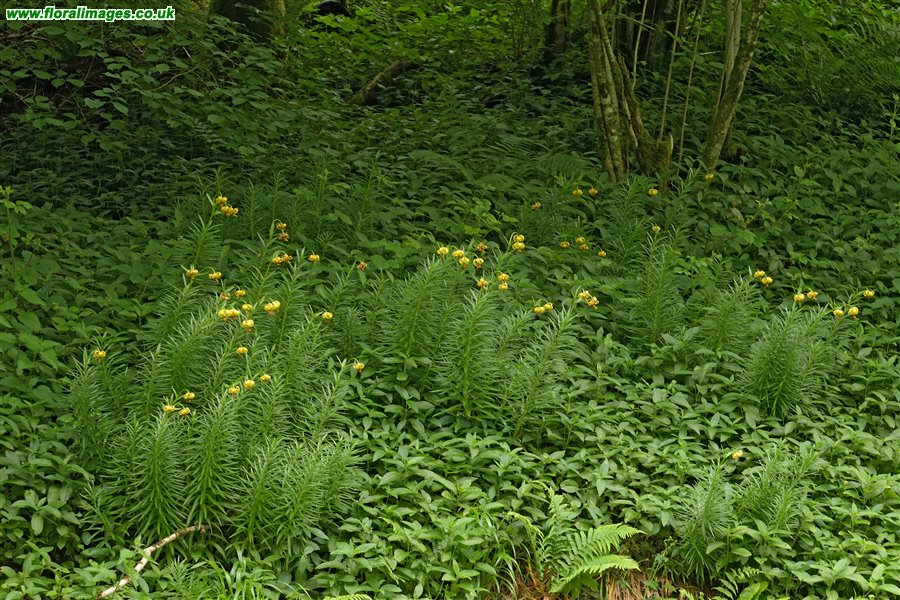Greater Broomrape, Gorfanhadlen fawr or Orobanche rapum-genistae
This is a rare plant nationally and declining in Brecknock so it was good to hear of a previously unknown population from Phil. Like other members of its genus, this grows on the roots of another plant so does not need leaves or chlorophyll. This species grows on Gorse or Broom (and other woody members of that family) so there should be plenty of host plant for it around here! Maybe we don't inspect Gorse bushes enough. In this case the Gorse in question had been severely cut back - maybe prompting the plant underground to send up flowering spikes.
--------------------------------------------------------------------------------------------------
I went to the Llyn Brianne Dam area the next day, mainly for a guided geological session but did make some records of local specialities.
Just out of county looking south from the dam.
We lunched here (Soar y Mynydd Chapel).
This was abundant but not yet flowering on some of the rocks in the area:
Sheep's-bit, Clefryn or Jasione montana (at Stanner Rocks in Radnorshire).
-----------------------------------------------------------------------------------------------------
Then the BIS Bioblitz at a farm near Hay saw two of us fighting our way up the local stream to see what was growing. There was a lot of Woodruff:
Woodruff, Briwydd bêr or Galium odoratum
Growing with Wild Garlic, Allium ursinum, and Dog's Mercury, Mercurialis perennis, in this picture.
The Wild Garlic was abundant. Ray Woods (coming in the other direction) spotted Alternate-leaved Golden Saxifrage first and it was quite abundant in calcareous flushes:
Alternate-leaved Golden-saxifrage, Eglyn bob yn eilddail or Chrysosplenium alternifolium
Leaves scattered in a calcareous woodland flush.
And there was this to talk about around us as we had our lunch in the farmyard:
Annual Pearlwort, Corwlyddyn unflwydd or Sagina apetala
--------------------------------------------------------------------------------------------
I called in on a road verge in Pontsticill where we had seen dried husks of a member of the Pink Family (Caryophyllaceae) in November. This wasn't what I expected:
Corncockle, Bulwg yr ŷd or Agrostemma githago
An arable weed of the past but, in this case probably derived from a wild flower seed mixture. Still it adorns the verge well. We had been checking out the Brecon Mountain Railway:
--------------------------------------------------------------------------
A foray down the upper reaches of the Honddu (Brecon's river that joins the Usk there) led to a long list of records and we visited this cliff on one of the tributary streams where Wood Bitter-vetch was found in 1988. It's still there, clinging on and avoiding the sheep that have led to it not being elsewhere in the area.
Wood Bitter-vetch, Ffacbysen chwerw or Vicia orobus
North of Upper Chapel on a cliff face.
------------------------------------------------------------------------------------
Finally, last Thursday we were set a challenge at the Caring for God's Acre meeting near Beulah (Eglwys Oen Duw) where we were told of a record from 1991 for Ivy-leaved Bellflower for the graveyard. It's not classic habitat for this but we looked, I missed it, and then Steph spotted it when peering down to examine a Heath Speedwell that one of the participants had asked about.
Ivy-leaved Bellflower, Clychlys dail eiddew or Wahlenbergia hederacea
That is the confirmatory picture from my phone (after some more looking around we found one flower) but here is a nice picture of this lovely little flower from the east of the Abergwesyn Commons:
After the meeting, Sue and I did some more recording in the area, finding a good patch of Wood Horsetail and some Cow-wheat:
Wood Horsetail, Marchrawnen y coed or Equisetum sylvaticum
Common Cow-wheat, Gliniogai or Melampyrum pratense






















